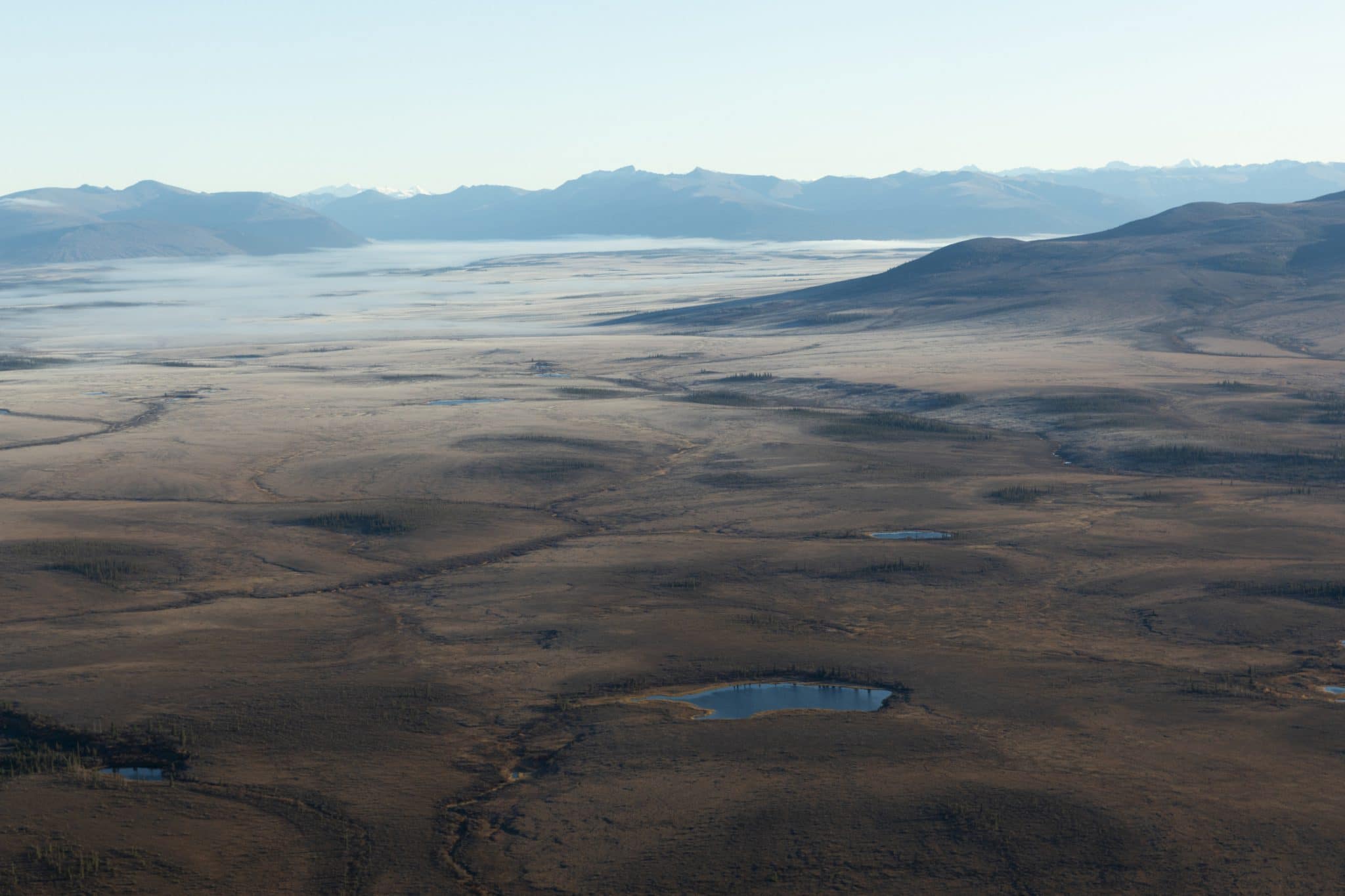Background Information
The Alaska Industrial Development and Export Authority (AIDEA) proposes to construct a new 211-mile-long gravel access road in the southern Brooks Range foothills to provide industrial access to the Ambler Mining District. The project is called the Ambler Mining District Industrial Access Project (AMDIAP). The road would originate at the Dalton Highway near Prospect Creek and end at the Ambler Mining District, and would have no public access. The proposed project crosses state lands (61%) and Native corporation lands (15%), but also crosses federal lands (24%) managed by the Bureau of Land Management (BLM) and the National Park Service (NPS).
Responsible resource development has been recognized in our region as providing important economic opportunities for self-determination and governance for more than 30 years. Approximately 90% of the Northwest Arctic Borough (NAB) budget is from Red Dog Mine. The newly established Village Improvement Fund is capitalized by a percentage of the mine’s gross profit. In FY 2018, 35% of the contribution came from NANA’s share. The fund has benefited many communities.
The resources present in the Ambler Mining District – also home to the Upper Kobuk Mineral Projects – may provide a means to maintain a sustainable economy, provide improved communication connectivity, and lower the costs of living for generations into the future.
Collectively, we recognize the intrinsic importance of subsistence to the cultural and physical survival of our people. Essential to our analysis of risks and benefits will be the ironclad assurance that the full length of the proposed action alternatives are for private and controlled access only.
What is the current status of AMDIAP?
The BLM released a draft environmental impact statement (EIS) on Aug. 23, 2019, that includes three routes and a no-action alternative. All three options are strictly for private access/industrial use; no public access will be allowed and to do so would require a separate EIS process. A no-action alternative evaluates the situation if the road is not built at all.
From the date a notice is published in the Federal Register, the normal time required for public comment is 45 days. NANA, the Northwest Arctic Borough, Maniilaq Association and the Northwest Arctic Borough School District—together as the Northwest Arctic Leadership Team—submitted a request for a 45-day public comment period extension. On Sept. 26, BLM issued a 15-day extension, now closing the comment period on Oct. 29, 2019.
What is NANA’s position on AMDIAP?
NANA has been supportive of a transparent public process to evaluate the potential impacts and benefits of development of a road but has remained concertedly neutral on the merits of the project.
NANA put together a team that is reviewing the draft EIS and developing comments for NANA based on shareholder feedback and our policies, most important of which is that subsistence is the highest and best use of NANA lands.
How can I participate in the process?
By providing comments. Comments on the draft EIS are due to BLM by Oct. 29, and can be made online, by mail or in-person at public meetings.
There are two additional processes being conducted at the same time as the EIS. One is the environmental and economic analysis (EEA) being done by the NPS for the portions of the route that will cross the Gates of the Arctic National Park & Preserve. The other is for the development of the programmatic agreement (PA) and cultural resources management plan (CRMP) under section 106. The section 106 process considers the effects the project may have on cultural and historical properties. You may provide comments on the EEA and PA and/or request consultation from the BLM on the PA at the same time you provide comment on the draft EIS. You can provide comments and view the public meeting schedule on the BLM website.
Is NANA participating in the BLM public meetings?
Yes. NANA will be participating in all the in-region BLM public meetings and attending most that are outside the region as well. The decision to participate was based on feedback from the Upper Kobuk community listening sessions NANA held in July. We’d like to continue receiving shareholder and resident input on the project.



